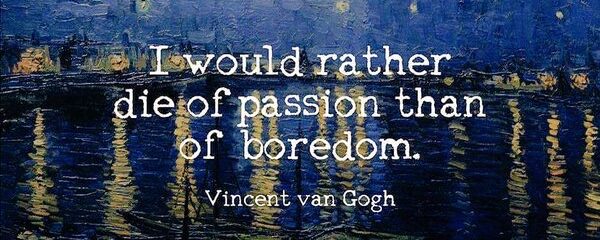
Photo by Google
KTOH ni risKUyet, tot ni pyot shamPANSkava – He who doesn’t take risks doesn’t drink champagne
ZHYvy BUdem ni pamRYOM – Everything will be alright; let’s hope for the best
GlaZAH baYATsa, a RUki DYElayut – Feel the fear and do it anyway
GOL’ na VYdumku hitRAH – Necessity is the mother of invention
Russia Россия or the Russian Federation, is a transcontinental country spanning Eastern Europe and Northern Asia. It covers over 17,125,191 square kilometres (6,612,073 sq mi), consists of more than one-eighth of the Earth’s inhabited land area, extends to eleven time zones, and has borders with sixteen sovereign nations. Moscow is the country’s capital and largest city, while Saint Petersburg is the second-largest city. The Russians are the largest Slavic and European nation, and Russian is the most spoken Slavic language; as well as the most spoken native language in Europe. The East Slavs emerged as a recognisable group in Europe between the 3rd and 8th centuries AD. The medieval state of Rus’ arose in the 9th century. In 988 it adopted Orthodox Christianity from the Byzantine Empire, beginning the synthesis of Byzantine and Slavic cultures that defined Russian culture for the next millennium. Rus’ ultimately disintegrated into a number of smaller states, until it was finally reunified by the Grand Duchy of Moscow in the 15th century. By the 18th century, the nation had greatly expanded through conquest, annexation, and exploration to become the Russian Empire, which became a major European power, and the third-largest empire in history. Following the Russian Revolution, the Russian SFSR became the largest and leading constituent of the Soviet Union, the world’s first constitutionally socialist state. The Soviet Union played a decisive role in the Allied victory in World War II, and emerged as a superpower and rival to the United States during the Cold War. The Soviet era saw some of the most significant technological achievements of the 20th century, including the world’s first human-made satellite and the launching of the first human in space. Following the dissolution of the Soviet Union in 1991, the Russian SFSR reconstituted itself as the Russian Federation. In the aftermath of the constitutional crisis of 1993, a new constitution was adopted, and Russia has since been governed as a federal semi-presidential republic.
Moscow
Moscow Москва is the capital and largest city of Russia. The city stands on the Moskva River in Central Russia, with a population estimated at 12.4 million residents within the city limits, while over 17 million residents in the urban area, and over 20 million residents in the Moscow Metropolitan Area. Originally established in 1147, Moscow grew to become a prosperous and powerful city that served as the capital of the Grand Duchy that bears its namesake. When the Grand Duchy of Moscow evolved into the Tsardom of Russia, Moscow still remained as the political and economic center for most of the Tsardom’s history. When the Tsardom was reformed into the Russian Empire, the capital was moved from Moscow to Saint Petersburg, diminishing the influence of the city. The capital was then moved back to Moscow following the Russian Revolution and the city was brought back as the political centre of the Russian SFSR and the Soviet Union. In the aftermath of the dissolution of the Soviet Union, Moscow remained as the capital city of the contemporary and newly established Russian Federation.
Saint Petersburg
Saint Petersburg Санкт-Петербург, formerly known as Petrograd (1914–1924) and later Leningrad (1924–1991), is the second-largest city in Russia. The city is situated on the Neva River, at the head of the Gulf of Finland on the Baltic Sea, with a population of roughly 5.4 million residents. The city was founded by Tsar Peter the Great on 27 May 1703 on the site of a captured Swedish fortress, and was named after apostle Saint Peter. Saint Petersburg is historically and culturally associated with the birth of the Russian Empire and Russia’s entry into modern history as a European great power. It served as a capital of the Tsardom of Russia and the subsequent Russian Empire from 1713 to 1918 (being replaced by Moscow for a short period of time between 1728 and 1730). After the October Revolution in 1917, the Bolsheviks moved their government to Moscow.























































